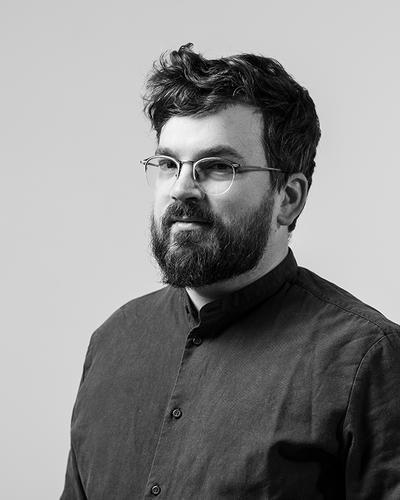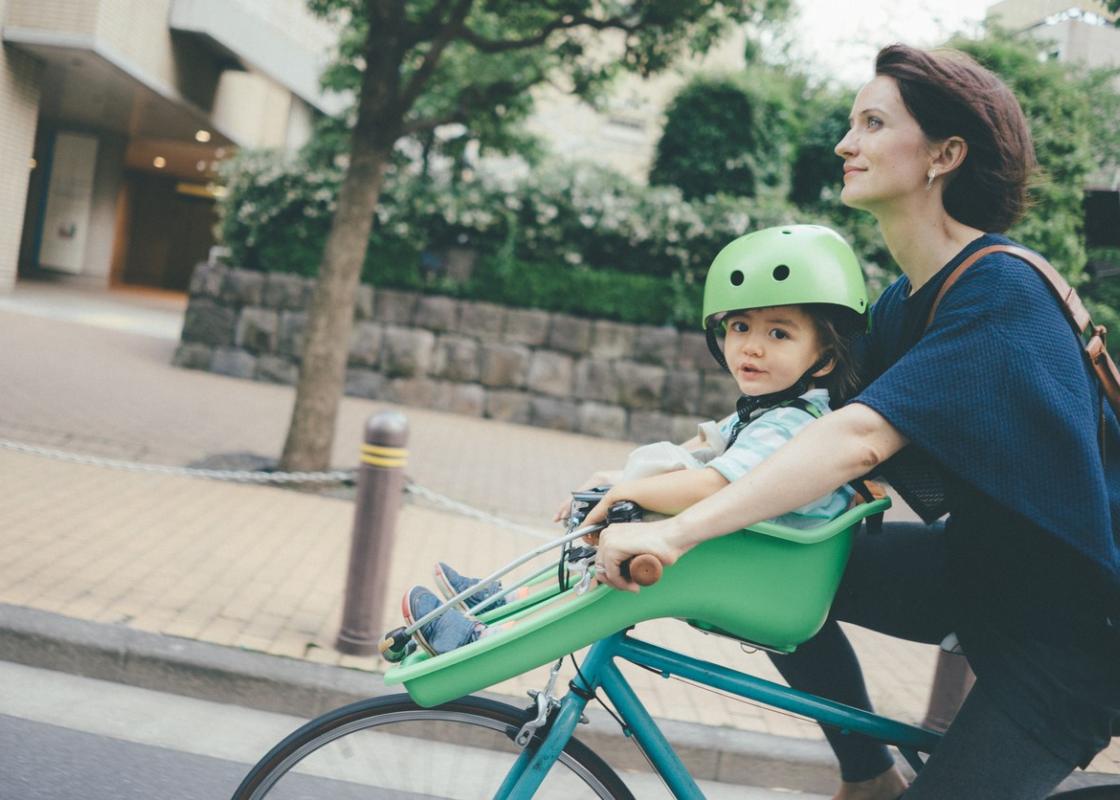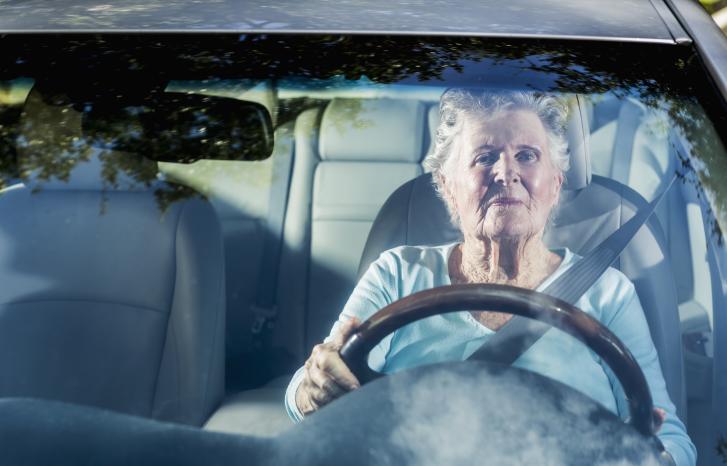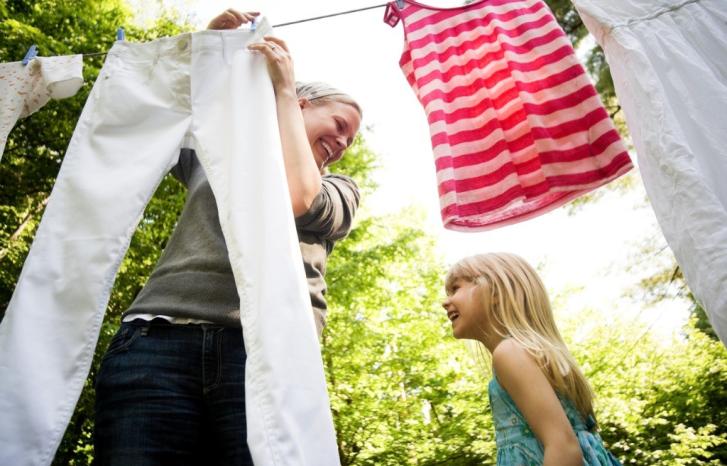In connection to the International Women’s Day on the 8th of March, Centre for Women's and Gender Research (SKOK) at University of Bergen arranged a debate about feminism and urban planning at Bergen Public Library. Susanne Puchberger from the action group ‘Bergens mødre’ (Bergen’s mothers), community planner Tina Sinclair and gender researcher Sara Edenheim from University of Umeå were in the panel.
“We wanted to invite Bergen’s mothers to the debate because they had previously spoken up for the expansion of the Bergen Light Rail (‘Bybanen’) in order to create a greener and safer city for everyone, but for women and children in particular,” says Anders Rubing, architect, researcher at SKOK and leader of the debate.
The city as plastilin
According to Rubing, all financial and material production is politically motivated, and therefore, the city is also political.
“This means that the city is shaped by politics and that the city displays how politics is formed. But rather than imagining the city as frozen, it makes sense to think of it as plastilin,” he says.
“The ways in which the road network, parks and buildings are developed demonstrate who we are scared of and who we welcome inside. But if we think of the city as plastilin, we also consider it as something that may be subject to change.”
According to Rubing, the ongoing discussion about the government quarter in Oslo is precisely about this.
“The government quarter was originally built as a part of the city, but has later been isolated as an enclave constructed in order to protect those who work there.”
Architecture and family ideals
In his introduction to the debate, Rubing stated that architecture contributes to gender differences. But in what ways?

“For instance, in the 19th century, apartments in the city were constructed to accommodate the family ideals of the bourgeoisie, where the husband worked outside and the wife inside of the home. Thus arose the standard with a separate kitchen, a large ensuite bedroom, a living room and a nursery,” he says.
“And in the USA, the trend to build detached houses arose after the Second World War. These dwellings contributed to maintain the established gender role pattern which was constructed around the nuclear family and the allocation of work between men and women.”
The post-war suburban architecture was also founded on the nuclear family and a gendered allocation of work, according to Rubing.
“The suburbs were built outside the city centre and constructed for an everyday life with stay-at-home mothers and children and the husband as the active part who travelled out of the suburb every day to a job in the city centre before returning to the family in the afternoon,” he says.
“As a consequence, the middle class moved out of the cities, which again has resulted in fewer people in the city centres. The city has thus become a place that many – and women and children in particular – experience as unsafe in the evenings.”
Safety versus traversability
First and foremost, cities are planned with regard to traversability, according to Rubing.
“Illumination is a classic example of this. Cities are illuminated in order for cars and pedestrians to be able to move as safely as possible along small and large roads,” he says.
“This way of planning for the best possible traversability is based upon technique and logic, without taking into consideration what people in the cities experience as safe and secure.”
More visible security guards in the city may also contribute to make it more inclusive for some, but more exclusive for others.
Illuminating the city differently, in a way that provides better overview of parks and open spaces is therefore a classic example of feminist urban planning. Rubing is hoping for an even more complex debate that can take place across disciplines, sectors and genders.
“For instance, Bergen’s mothers have called for better public-transport facilities and they have advocated for an extension of the Bergen Light-Rail. This is positive, because they are focussing on increased mobility for women and children, not only on safety,” he says.
“More visible security guards in the city may also contribute to make it more inclusive for some, but more exclusive for others. In the USA, for example, the police and private security companies often connect threats to race. This makes it more dangerous for black young men to move around in the urban areas.”
Urban planning with gender perspective
According to transport researcher Tanu Priya Uteng, gender difference is an underestimated perspective in traditional urban planning. Nor is it a perspective that one can just add to the current planning of urban transport systems, she argues.
Uteng is senior researcher at Institute of Transport Economics (TØI) and author of the research article ‘Smart Mobilities: A Gendered Perspective’.
“Gender perspectives should be at the core of all planning of sustainable cities and transport systems. But today the planning process is primarily based the movement pattern of men with permanent jobs at permanent places,” she says.
“Most women travel completely differently. They have several chains of travel that are connected, and they travel more by public transport and on foot than men do.”
Use bicycles differently
Priya Uteng has studied differences between men and women’s use of bicycles. She has found that women cycle more than men in countries where cycling is part of the culture, such as Denmark and Holland.

“We know that more women than men cycle on the less trafficked roads, and that they prefer to cycle more slowly. Men, on the other hand, often cycle on roads where it is possible to move at high speed and to combine cycling and training,” she says.
An analysis of the membership register of Oslo City Bike shows that men and women’s use of their bicycles was connected to where the bikes were placed in the city.
“As long as the city bikes were primarily placed in the city centre, the majority of the users were men, as work places in which men are in the majority are often concentrated around central areas,” says Priya Uteng.
“As the service was extended and more city bikes were placed in the city outskirts where more women work and live, women also began to use the bikes to a larger extent.”
Unsmart ‘smart’ solutions
Priya Uteng is critical towards so-called ‘smart solutions’, which according to her are not necessarily as smart as the term implies.
Her research on the phenomenon, which is in line with international findings, shows that smart solutions may in fact have an exclusive effect. This is also the topic of her book Gendering Smart Mobilities, which was published earlier this year.
“We need to ask whom the digital solutions are smart for; who are the users and who benefit most from the solutions?”
According to Priya Uteng, many smart solutions have hitherto been used by white, young men with higher education and high wages. This finding is also well established internationally.
“Digital services demand that you have a smart phone, as they are based on apps. Moreover, they often require that you have a credit card and a certain amount of money available on your account. Thus many, both young, elderly and people with low income and without education are excluded,” she explains.
We need to ask whom the digital solutions are smart for; who are the users and who benefit most from the solutions?
“In major parts of the world people do not use credit cards. This makes it difficult for many people to purchase tickets on the bus and tram when the entire public transport system is based on smart solutions.”
She emphasises that this does not mean that we should not prioritise digital solutions.
“But we need to be careful not to implement the solutions before we have taken into consideration the large socioeconomic and demographic differences that exist within the population.”
Men use more cars
When it comes to gender differences and the use of cars, there are still far more men than women who use cars, although more and more women in the western world have a driver’s license.
“In households with one car, it is normally the man who uses it, since women do not commute to work to the same extent as men do. Women are also more often passengers than men are,” says Priya Uteng.
She has looked closer into the way in which women and men use car sharing in Europe. Her findings show that men use this service far more than women do.
“Car sharing is, in practice, renting a car, and men are in the majority here, whereas when it comes to sharing rides, such as Uber, women use these services more than men. They are better accommodated for women’s travel behaviour, which are more complex and split up than men’s.
If women were to copy men’s travel behaviour, the overall emissions would increase by thirty-one per cent.
Priya Uteng looks at the ways in which women’s travel behaviour are connected to their roles in society at large.
“Women often take more responsibility for the care of children and other close relatives. They are also more preoccupied with safety than men are. As a consequence, they do not travel as much at night.”
“Men travel farther in connection to work, and more women than men have several and more flexible jobs. They adjust their travels in accordance with their care responsibilities, the type of job they have and where they live in the city.”
Priya Uteng refers to a study of self-driving cars in the USA. The study shows that women are more sceptical towards this phenomenon than men are.
“This may have to do with the fact that women prioritise safety more than men do,” she says.
Women’s travel behaviour are greener
Priya Uteng emphasises that women’s travel behaviour is better suited for the main premise of the urban planning within the green shift.
“Today we are preoccupied with zero growth in all transport planning, and women’s travel behaviour is already there,” she says.
“A study from Malmø compares men and women’s travel behaviour and how their travels’ affect the environment. This study shows that if women were to copy men’s travel behaviour, the overall emissions would increase by thirty-one per cent. If men were to copy women’s travel behaviour, the emissions would decrease equally. Additionally, the use of cars would increase by seventeen per cent if women copied men’s travel behaviour.”
Priya Uteng refers to an analysis carried out by TØI of the accessibility of various means of transport in Bergen, Oslo, Trondheim and Stavanger. The analysis was conducted as part of the planning of a new future transport network that is less based on cars than today.
The goal to reduce the use of cars may be obtained by combining electric bicycles and electric scooters with express transport such as subway and train to make it easier to get from door to door.
“Take Bergen, for example, which is largely based on cars today. The analysis may point us in the right direction with regard to how we may accommodate for people to use other means of transport than cars,” she says.
“This means that both travel behaviour and habits related to travel planning must change. This is possible, but this takes time.”
Priya Uteng explains that Amsterdam and Copenhagen, which are considered bicycle cities today, also used to be cities in which the traffic was primarily based on cars.
“These cities are good examples of how it is possible to alter people’s travel behaviour from car to bicycle, for instance by building more bicycle paths alongside both trafficked, high-speed roads and smaller roads.”
Inclusive urban planning
In order to get women to cycle more, you need to think differently than when you accommodate for men who cycle, according to Priya Uteng.
A survey conducted by Oslo City Bike shows that women are more preoccupied with safety then they cycle than men are. This corresponds with surveys from other parts of the world.
“Women prefer open, clear areas, and that they are visible to others on the road, that the areas are well lit up and populated rather than empty spaces.”
On a superior level, this is all about creating inclusive cities.
In previous urban planning, everything was based on men’s preferences and travel behaviour. But this trend is about to turn among community planners in Europe, Priya Uteng explains.
In Vienna, for instance, taking women, children and elderly’s preferences into consideration has become a well-established norm when they plan the development of the city.
“On a superior level, this is all about creating inclusive cities. Here gender is one of many perspectives,” says Priya Uteng.
More women must plan
Priya Uteng believes that gender balance within the professions that affect how and with what means people travel may have a positive effect and help making the cities more inclusive.
“It is also important that women are involved in the decision-making. Jobs within the transport and community planning sectors have largely been occupied by men.”
“But we can not only look at the gender balance. We also need to look at what types of positions women have in these sectors. It is significant that they have a say when the decisions are made.”
Translated by Cathinka Dahl Hambro.



